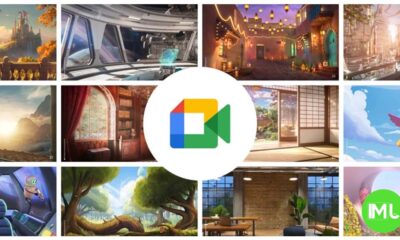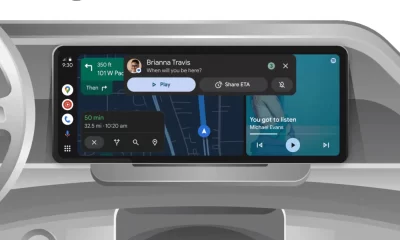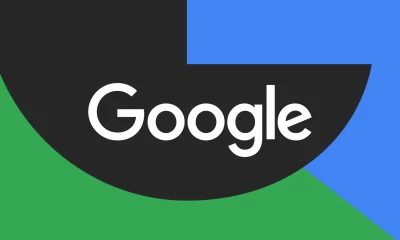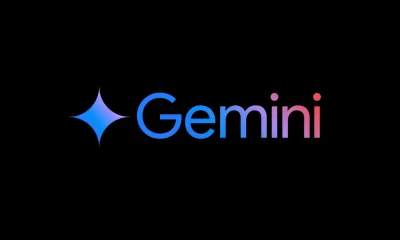Key features and challenges of Google Pixel 9 series
Top 3 Key Points:
- Enhanced AI Summarization: The Google Pixel 9’s AI-powered Pixel Recorder now offers more useful summaries, surpassing previous models.
- Display Output Limitations: Despite native support for external displays, the Pixel 9 series lacks a robust desktop mode, limiting its usability.
- Improved Device Tracking: The Pixel 9 series can be located even when powered off, thanks to advanced Bluetooth technology.
The Google Pixel 9 series brings several notable improvements and features to the table, enhancing the user experience with its cutting-edge technology. However, there are still some areas where the new series could benefit from further refinement.
Pixel Recorder’s Enhanced Summarization
One of the standout features of the Google Pixel 9 is its improved Pixel Recorder app, which offers more effective summarization capabilities. While previous Pixel models struggled with generating useful summaries for longer recordings, the Pixel 9 leverages Google’s advanced AI model, Gemini Nano with multimodality, to handle this task more efficiently. This AI model processes not just text, but also images, audio, and speech, enabling the Pixel 9 to summarize transcripts of recordings over 30 minutes long, which the Pixel 8 struggled with. However, there are still limitations, particularly with recordings over an hour in length, where the app might still struggle.
Display Output Support: A Work in Progress
The Google Pixel 9 series, including the Pixel 9, Pixel 9 Pro, and Pixel 9 Pro Fold, now supports display output right out of the box. This is a significant step forward as previous Pixel models lacked this feature. The phones utilize DisplayPort Alternate Mode to mirror their screens onto external displays. However, the lack of an optimized desktop interface, similar to Samsung DeX, limits its practicality. While Google is working on a more refined desktop mode for future Android releases, users currently need to tinker with settings and third-party apps to improve the experience.
Powered-Off Finding with Find My Device
Losing a smartphone can be stressful, but Google Pixel 9 series devices have a unique feature to ease this concern. These phones can still be located even when powered off, thanks to a reserve power system that keeps the Bluetooth chip active for several hours after the battery dies. This allows the phone to continue broadcasting its location to nearby devices in the Find My Device network, making it easier to track down a lost Pixel 9, Pixel 9 Pro, or Pixel 9 Pro XL.
Pixel Studio’s AI Image Generation: Potential Pitfalls
Another intriguing feature of the Pixel 9 series is Pixel Studio, an app that creates images from text prompts using advanced AI. While this tool can unlock creativity, it also has the potential to generate inappropriate or offensive content, even with Google’s safeguards in place. This highlights the ongoing challenge of maintaining ethical standards in AI-generated content.
Conclusion
The Google Pixel 9 series showcases impressive advancements in AI and device features, making it a compelling option for tech enthusiasts. However, the limitations in display output and the challenges in controlling AI-generated content indicate that there’s still room for improvement. As Google continues to refine these features, future updates may unlock even more potential in the Pixel 9 series.
Google Meet gets a fresh new look with Material 3 design
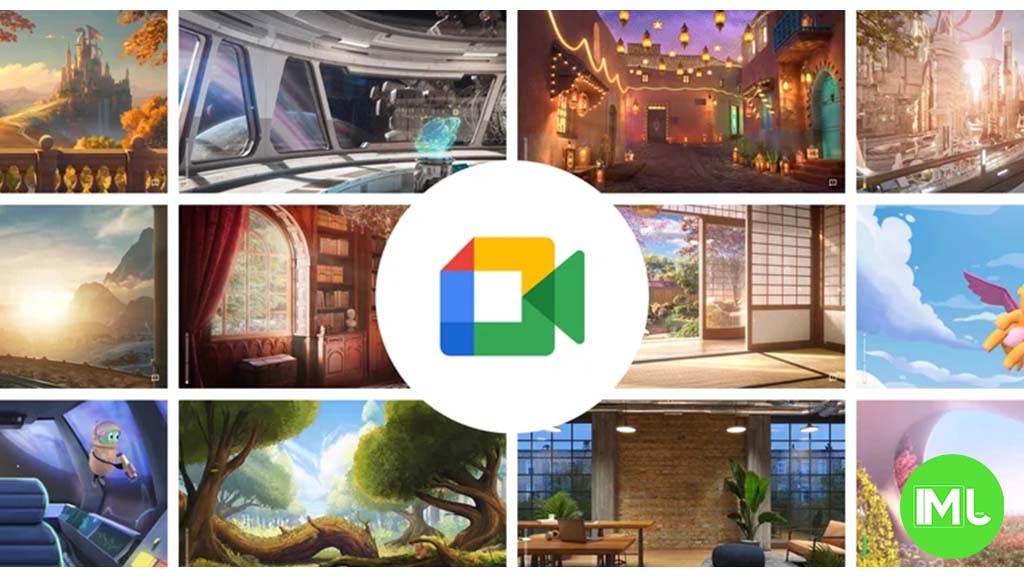
Google Meet is getting a big update to its look, thanks to the new Material 3 design. This change brings a cleaner and more modern style to the video calling app, making it easier and more enjoyable to use.
With Material 3, Google Meet now has rounder buttons, softer colors, and better spacing between elements. The main controls, like the microphone, camera, and end call buttons, are now larger and easier to tap. The icons and text are also clearer, which helps users find what they need quickly during a call.
Another improvement is the new “expressive” color system. This feature lets the app’s colors match your device’s wallpaper or theme, giving each user a unique and personalized experience. The changes also make Google Meet more accessible, as the new design is easier to read and use for everyone, including people with vision difficulties.
These updates are rolling out to both web and mobile versions of Google Meet. Google says the new look will help people feel more comfortable and focused during their meetings. Overall, the Material 3 update makes Google Meet not only look better but also work better for all its users.
Android
Easy ways to change Android Auto’s look with light and dark themes
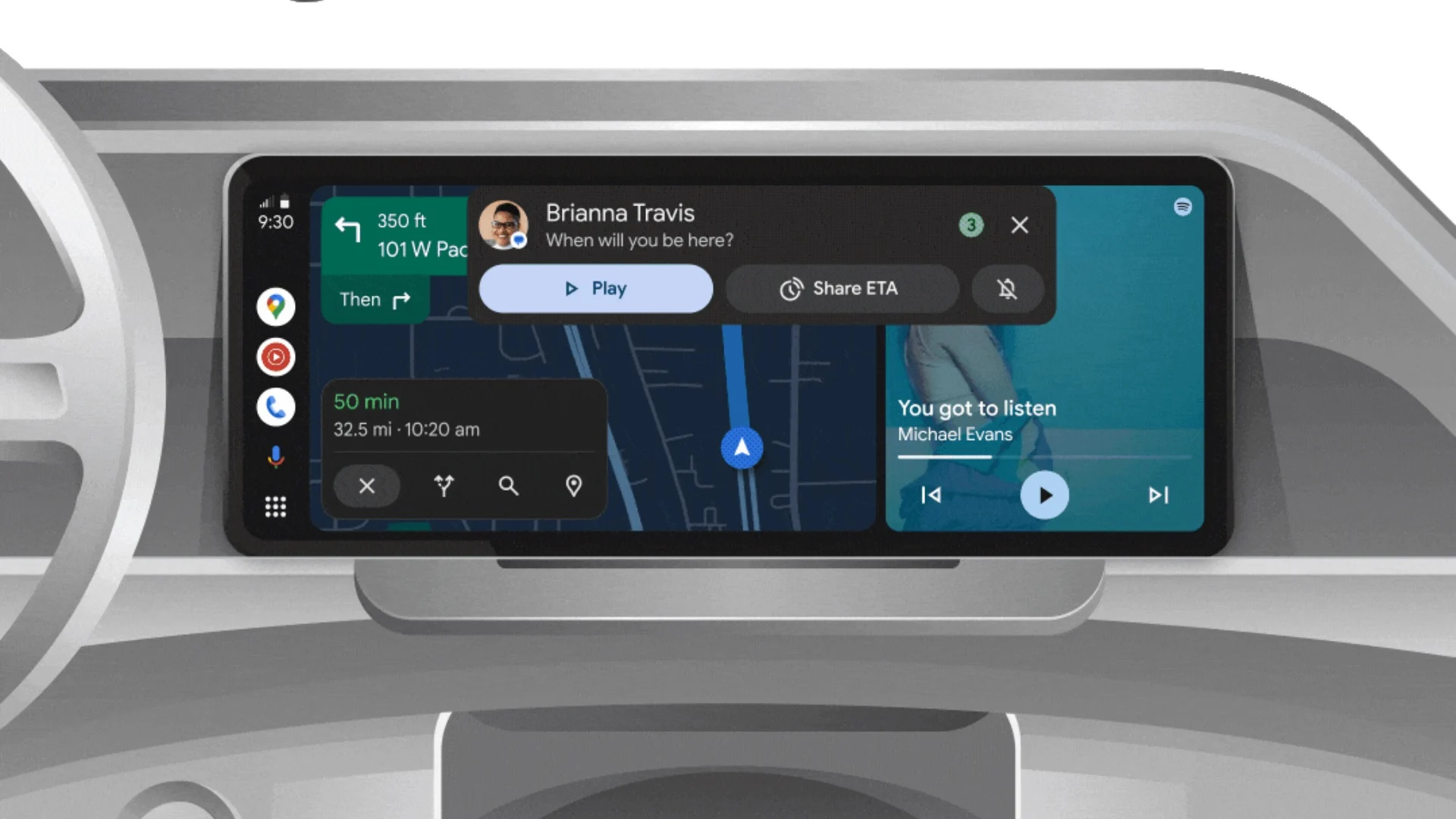
Android Auto is a helpful tool that lets you use your phone’s apps safely while driving. It connects your phone to your car’s screen, making it easier to use maps, music, and calls. One of the features many people like is the ability to change how Android Auto looks by switching between light and dark themes.
How to switch between light and dark themes
Android Auto offers two main themes: light and dark. The light theme uses brighter colors, which can make the screen easier to see during the day. The dark theme uses darker colors, which can be more comfortable for your eyes at night or in low light.
To change the theme, follow these steps:
- Open the Android Auto app on your phone.
- Go to the settings menu.
- Find the “Theme” option.
- Choose between “Light,” “Dark,” or “Set by car” (this lets your car decide the theme based on the time of day or your car’s settings).
Why themes matter
Using the right theme can make driving safer and more comfortable. The light theme is good for bright days, while the dark theme helps reduce glare at night. Having these options means you can pick what works best for you, making Android Auto easier to use in any condition.
In short, Android Auto’s theme options are simple to use and help you drive more safely by making the screen easy to see, no matter the time of day.
Google Drive and Files by Google get fresh updates for easier use
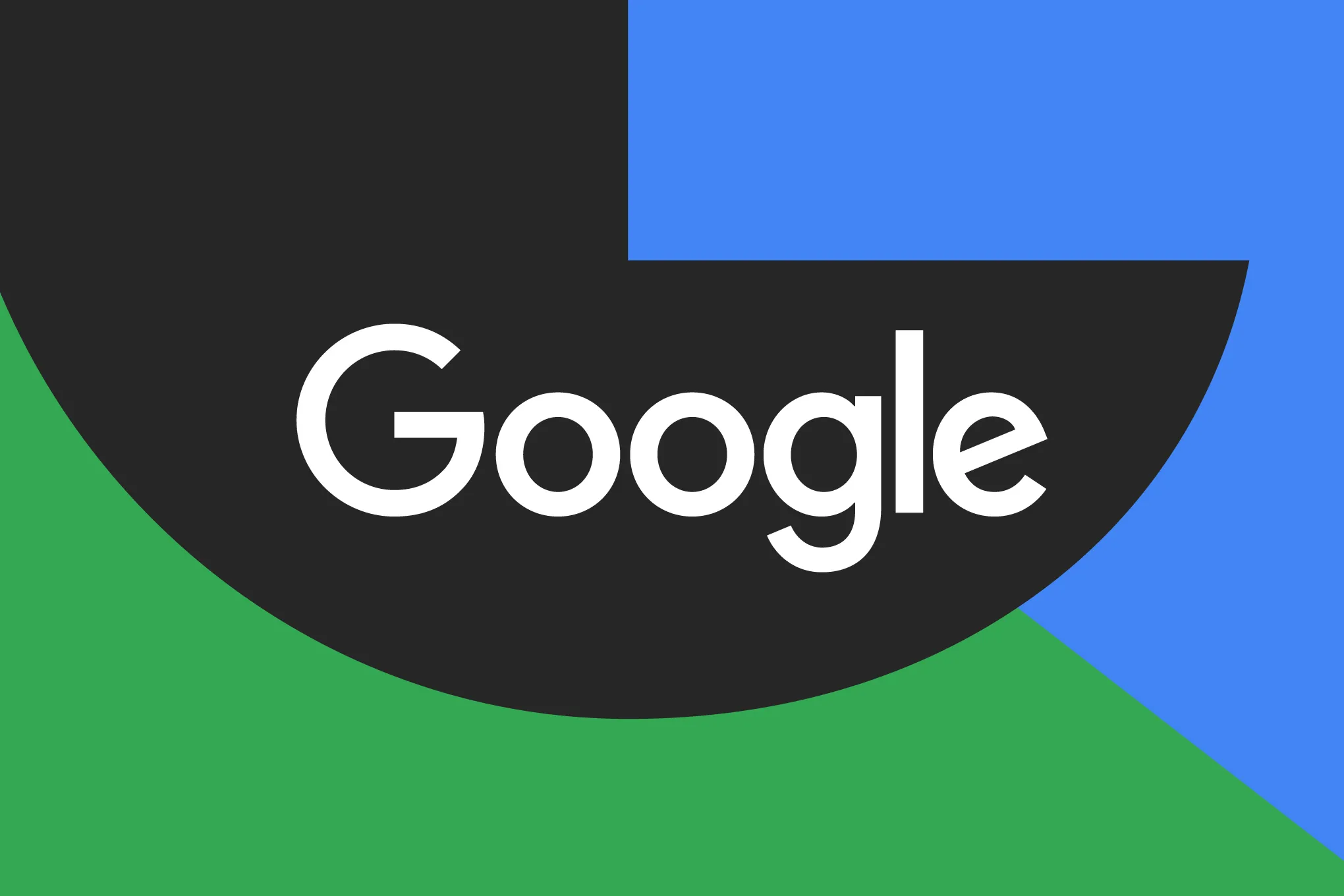
Google is rolling out some helpful updates to two of its popular apps: Google Drive and Files by Google. These changes are designed to make managing your files and watching videos much smoother.
First, Google Drive is getting a new video player. Now, when you upload a video to Drive and open it, you’ll notice a fresh look that matches Google’s latest design style. The controls, like play and pause, are easier to use and look cleaner. This update makes it simpler to watch videos directly in Drive without needing to download them first.
Meanwhile, the Files by Google app is also getting a makeover. The app is adopting Google’s Material 3 design, which means it looks brighter and more modern. The buttons and menus are easier to see and use, making it simpler to find, move, and organize your files. There are also new color options and improved icons, so everything feels more user-friendly.
Both updates show Google’s commitment to making its apps more helpful and enjoyable to use. Whether you’re watching videos in Drive or sorting files on your phone, these changes aim to save you time and make things less complicated. If you use these apps, keep an eye out for these new features—they should arrive soon!
-
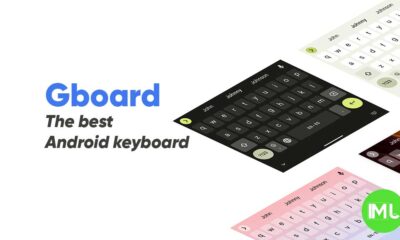
 Apps1 year ago
Apps1 year agoGboard Proofread feature will support selected text
-
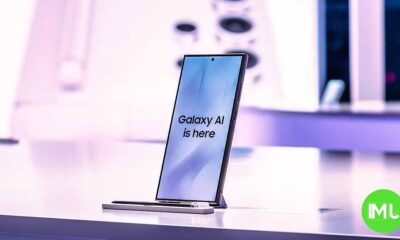
 News1 year ago
News1 year agoSamsung USA crafting One UI 6.1.1
-

 Apps12 months ago
Apps12 months agoGoogle Contacts app testing new Besties Widget
-
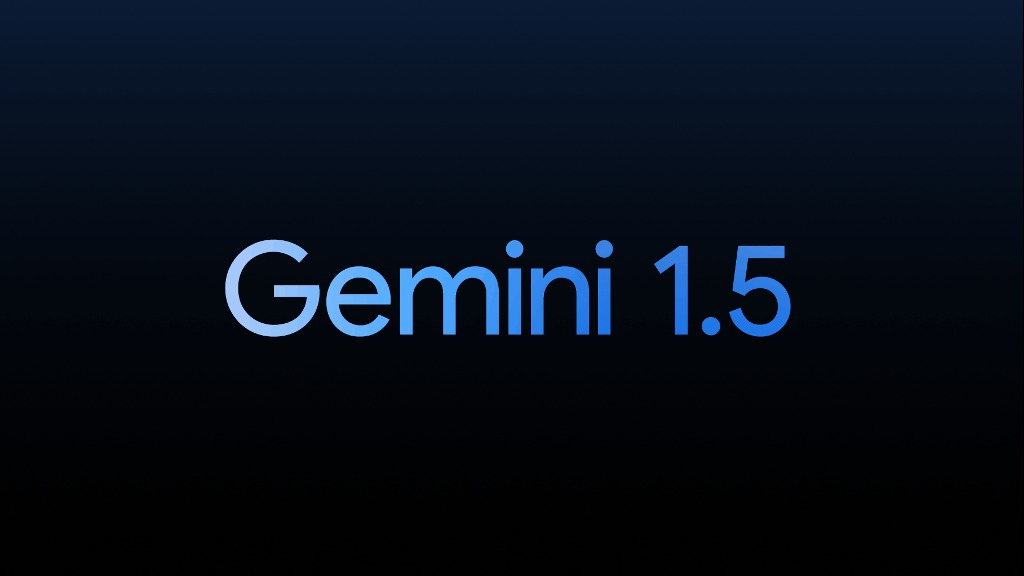
 AI12 months ago
AI12 months agoGoogle Pixel 9 Pro may come with a complimentary one-year Gemini Advanced subscription
-

 News1 year ago
News1 year agoBreaking: Samsung Galaxy S22 may get Galaxy AI features
-
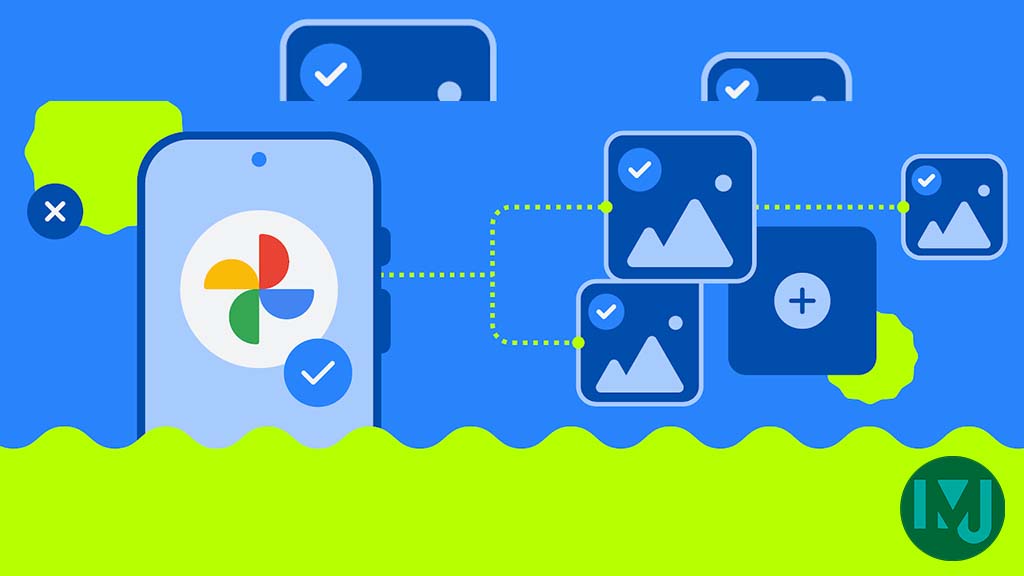
 Apps12 months ago
Apps12 months agoGoogle working on a new video editing feature for its Photo app
-
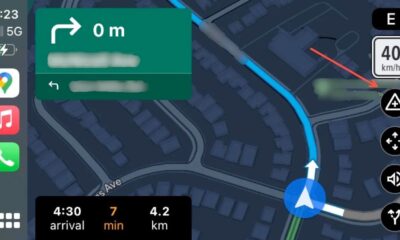
 Apps12 months ago
Apps12 months agoGoogle Maps lets you report traffic jams and accidents on Apple CarPlay, but not on Android Auto
-
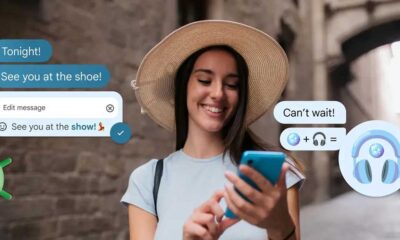
 Apps12 months ago
Apps12 months agoGoogle Messages app will transform MMS chats into RCS

